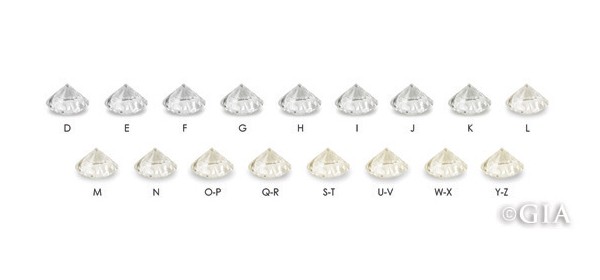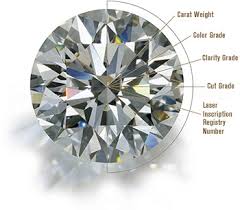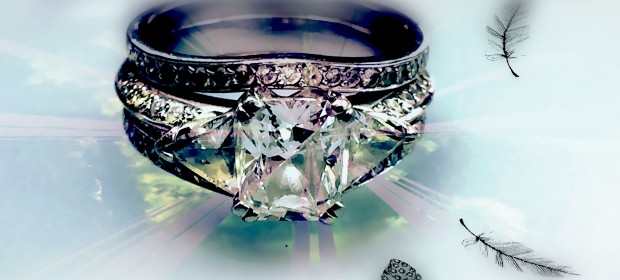Blog
Diamonds Colour
Posted by Katrina in Informations | 0 comments

COLOUR
Most diamonds are nearly colourless with faint yellow or brown tints. They usually fall into the normal colour range and are graded by their relative lack of colour. In general, the less colour the higher the value. The GIA colour grading scale starts with “D” being the highest (colourless) range value to “Z” which is a light yellow tint, thus being less expensive. Fancy colour diamonds are outside the normal colour grading system. Reference: GIADIAMONDS – THE 4 C’s
Posted by Katrina in News | 0 comments

DIAMONDS – THE 4 C’s There are four major factors usedto describe, classify and price diamonds. Colour – Clarity – Cut – Carat These may help evaluate any diamond’s you may be looking to purchase, thus better defining your target “quality” at the right budget
COLOUR
Most diamonds are nearly colourless with faint yellow or brown tints. They usually fall into the normal colour range and are graded by their relative lack of colour. In general, the less colour the higher the value. The GIA colour grading scale starts with “D” being the highest (colourless) range value to “Z” which is a light yellow tint, thus being less expensive. Fancy colour diamonds are outside the normal colour grading system.CLARITY
A diamond will have “internal features” called “inclusions” which are tiny mineral crystals. They may also have surface irregularities, called blemishes (scratches and nicks). These two together are called a diamonds “clarity characteristics”, which also effect value and beauty. Clarity’s influence on value is directly related to rarity. Flawless diamonds are almost impossible to find, and are commanding top prices. Inclusions seen by the naked eye are usually very inexpensive, and stones in the middle range make up most of the diamonds on the retail market.CUT
Cut is the shape and style of a polished diamond, and is a key factor in determining value. Professional’s also look at proportion, symmetry, and finish. The quality of a diamonds polish, the condition of it’s girdle and precision of it’s cut are all “value factors” and are often referred to as “Make” in the diamond trade: A diamond with a good “Make” is bright, fiery, symmetrical and sparkles with light Visit both the GIA or DCLA (diamond certification) websites for more information on: Brilliance – combination of all the white light reflection Dispersion – “the fire” – breaking up of white light into a rainbow Scintillation – (sparkle) Tiny flashes of light when the diamond movesCARAT (Weight)
The basic measuring unit of diamonds (fractions of a carat) Example: A diamond that is 1.03 carat’s is “one point oh three carats”, and a diamond that is .83 carats is described as “83 points”. A small paper clip weighs approximately a carat. Reference: GIAWhat is it worth?
Posted by jewelleryValuationAdmin2015 in Insight | 0 comments

A question that often enters the mind when looking at your collection of beautiful jewellery. You'd hate for something to happen to it and would love to get it insured but you don't know what its worth or how to find out. This is where Jewellery Valuation Centre come to the rescue.
